São Paulo might be less popular than Rio de Janeiro among tourists, as São Paulo is better known for business tourism than for leisure tourism. But that didn’t stop me from visiting.
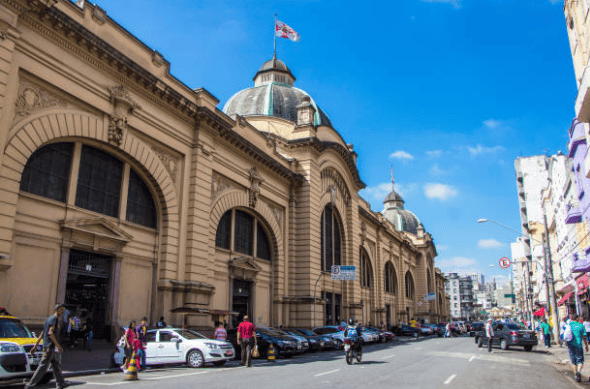
I spent 12 hours on a British Airways flight from Amsterdam to São Paulo, departing at night and arriving in the morning.Thanks to a good sleep on the flight, I felt neither tired nor jetlagged upon arrival. In fact, I enjoyed the warm air—so different from wintery Amsterdam.
Traveling to Brazil doesn’t require a visa for Indonesian passport holders, so at immigration, I simply handed over my passport. The officer only asked how long I’d be staying and where I’d be staying. Hearing my answers, they stamped my passport, giving me 30 days, though I only planned to stay for five. Customs went smoothly too, with nothing to declare.
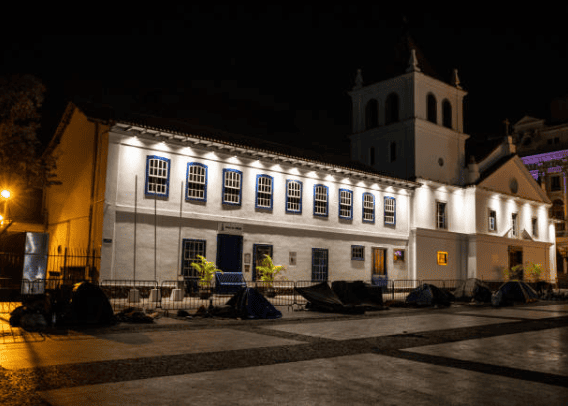
In the arrivals area, I found a seat and an ATM to withdraw cash. I had brought U.S. dollars, but exchanging a hundred dollars or more felt unnecessary. I withdrew just 300 Brazilian reals, or about 950,000 Indonesian rupiah, which I estimated would be enough for five days in São Paulo for food and local transport.
From the airport, I took the airport bus and then a train to the city center. São Paulo is the largest city in Brazil, in the Southern Hemisphere, and the seventh-largest metropolitan area in the world. It’s also the capital of the state of São Paulo, which is the most populous state in Brazil. The city’s name honors Saint Paul.
São Paulo is Brazil’s financial and business hub, so the cost of living here is similar to Jakarta, and the city vibe feels familiar. Even the train ride to the city center reminded me of the commuter trains in Jakarta.
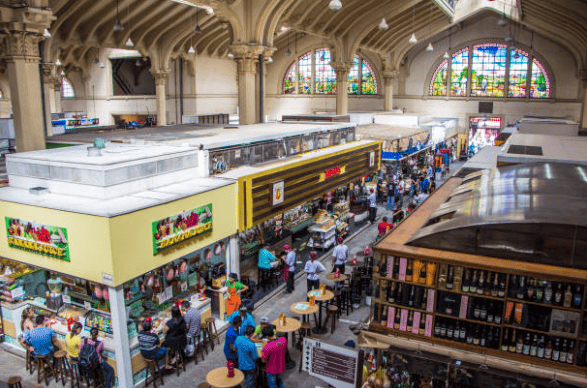
I found accommodation right in front of a metro station, near the Pinacoteca de São Paulo art museum and Parque Jardim da Luz, within the Centro Histórico de São Paulo—a historic area similar to Jakarta’s old town. The area is both fascinating and slightly eerie, as it’s somewhat rundown despite the many historic and modern buildings nearby. The city’s high crime rate also came to mind.
In São Paulo, I planned three days to explore interesting and hidden spots and two days in a small town called Mogi Mirim, which is still in São Paulo state. I explored Mogi Mirim first and then returned to São Paulo on the third day in Brazil. Nothing about the city felt out of place, as its atmosphere felt lively and bustling, similar to Jakarta.
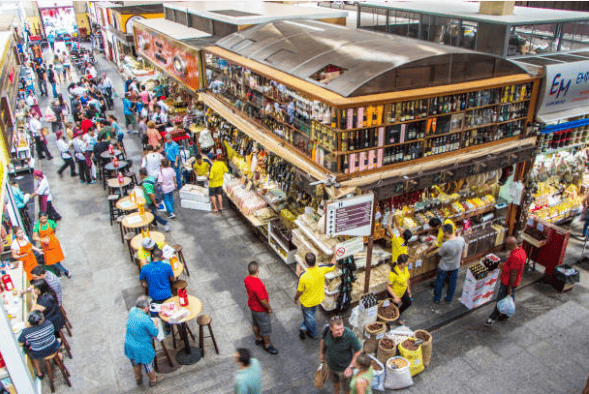
As usual, I made a point to visit the local market. I had already targeted São Paulo’s Mercado Municipal, which I saw online before arriving. The vibe is different from markets in Indonesia.
The market, opened in 1933, is always busy with visitors, including tourists who come for the lively atmosphere and food. It offers a wide variety of fruits, vegetables, meats, spices, Brazilian specialties, and handicrafts. More than 300 stalls and 1,500 workers bring this market to life every day, including coffee shops and a food court on the second floor.
The market is clean and well-organized—no puddles or bad smells. It’s lovely to look at, especially with its beautiful stained-glass windows, which add an exotic touch. I spent over an hour here before heading to Rua 25 de Março, the largest shopping area in Latin America. This area is packed with street markets, stores, and retail shops, drawing hundreds of thousands of visitors daily.
I was amazed to see so many people shopping simultaneously. The street was crowded and bustling. I only looked around from a corner, not daring to dive into the sea of people.
Not staying long, I headed toward São Paulo Cathedral. On the way, I saw many beautiful classical buildings, including some museums like Museu Catavento, College Pateo, Solar da Marquesa de Santos, and Caixa Cultural São Paulo. The government building, Secretaria da Justiça e Cidadania do Estado de São Paulo, also stood out with its impressive three-story structure.
Near the cathedral, I found Marco Zero de São Paulo, the city’s zero-point marker. The area around the cathedral was also lively, and from afar, I could see the cathedral’s towers. The cathedral is magnificent, with palm trees lining the path toward it.
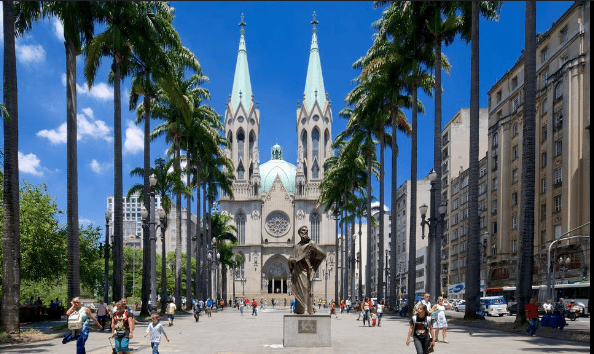
Next to it, there’s a park with a monument in the middle, but I wasn’t interested in visiting because of the many homeless people. From Marco Zero to the area around the cathedral, there were several homeless individuals.
Inside the grand church, guided tours are available for 60 reals per person. The cathedral, built in a neo-Gothic style, features majestic marble and stained-glass windows. Even its carvings depict coffee beans and animals native to Brazil.
The cathedral, one of the oldest in the world, was built between 1913 and 1967 and can hold up to 8,000 people, making it the largest in São Paulo. It’s listed as one of the top ten places to visit in São Paulo, so be sure to visit if you’re in the city.

70918248
References:
anabolic steroid articles (git.umayle.com)
70918248
References:
women on anabolic steroids, Git.fuwafuwa.moe,
Your article helped me a lot, is there any more related content? Thanks!